TL;DR
DJI's RS3 Mini is a super-compact gimbal that punches above its weight, perfect for mirrorless cameras up to 2kg. It's significantly smaller than its siblings but delivers smooth, stable footage with intuitive controls and helpful features like axis balance alerts. While it boasts a lighter build for easy handling and even includes selfie and vertical modes for social media, its main trade-offs are a slightly lower payload capacity and battery life compared to the original RS3. If you need a portable, capable gimbal for travel or tight spaces, the RS3 Mini is a fantastic option. Dive into the full review to see if it's your next essential piece of kit!
The RS3 Mini from DJI is a more compact iteration of its larger counterpart, the RS3. I will detail the technical differences between the two models later in this review.
Upon unboxing the RS3 Mini, its small size and streamlined design are immediately apparent. Lacking an RS3 for direct comparison, I placed it alongside the FeiyuTech AK4500 gimbal, a model representing a more typical size.
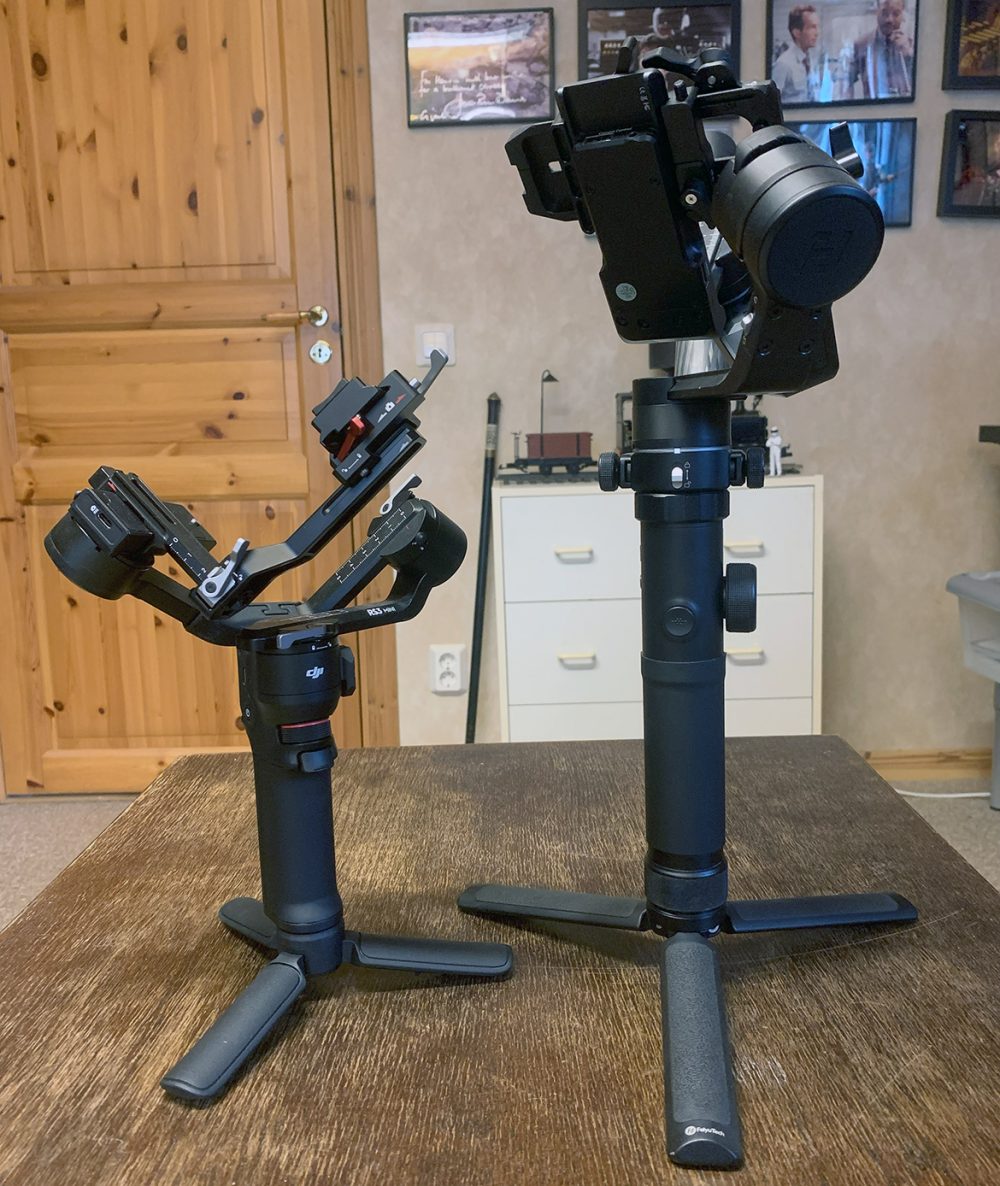
The size disparity is considerable. While the DJI RS3 Mini naturally cannot accommodate cameras as large as those handled by the AK4500, it readily supports cameras weighing up to two kilograms. The RS3 Mini is specifically engineered for mirrorless system cameras, and offers connectivity for most major brands, enabling remote operation of recording and other functions, eliminating the need to directly manipulate the camera.
I began by connecting my Canon 750D, which, while not a mirrorless system camera, falls well within the weight limit and performed adequately. DJI provides convenient tutorials for correctly balancing your camera. A feature I particularly appreciate in the DJI RS3 Mini is its ability to detect and alert the user if any axis is improperly balanced.
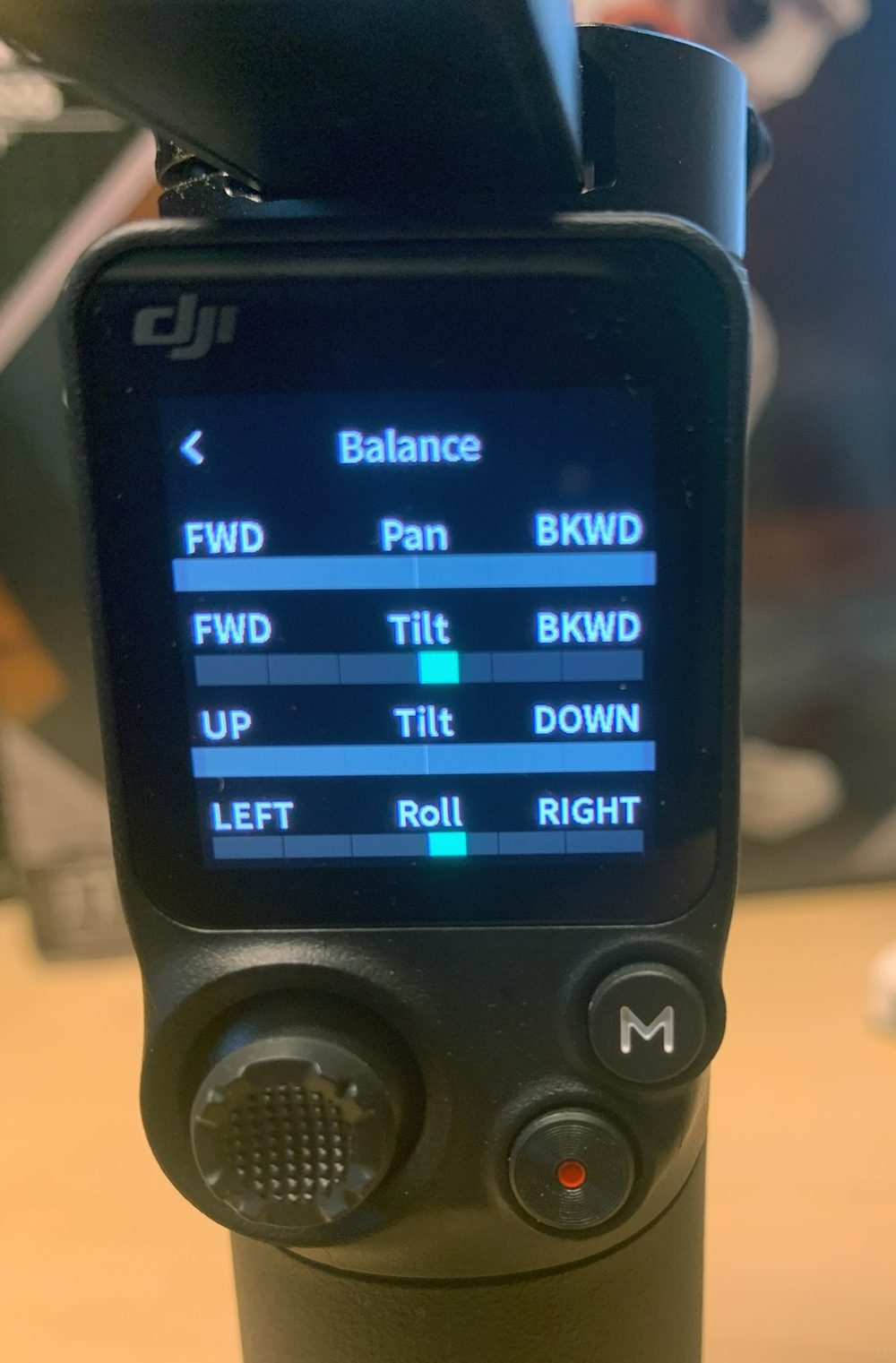
This is a highly useful function, mitigating potential damage to the gimbal’s servos caused by operation with an unbalanced load. With the DJI RS3 Mini properly configured, I took it to a scheduled recording session in a confined sound studio, where its compact size proved advantageous. The resulting footage is presented below.
For users unfamiliar with gimbals, the various settings can initially seem complex. Selecting the appropriate “follow” mode on the DJI RS3 Mini is crucial for achieving the desired results and avoiding unintended counteractions. These settings are easily adjustable via the display. The joystick, controlled by the right thumb, allows for precise tilting and panning.
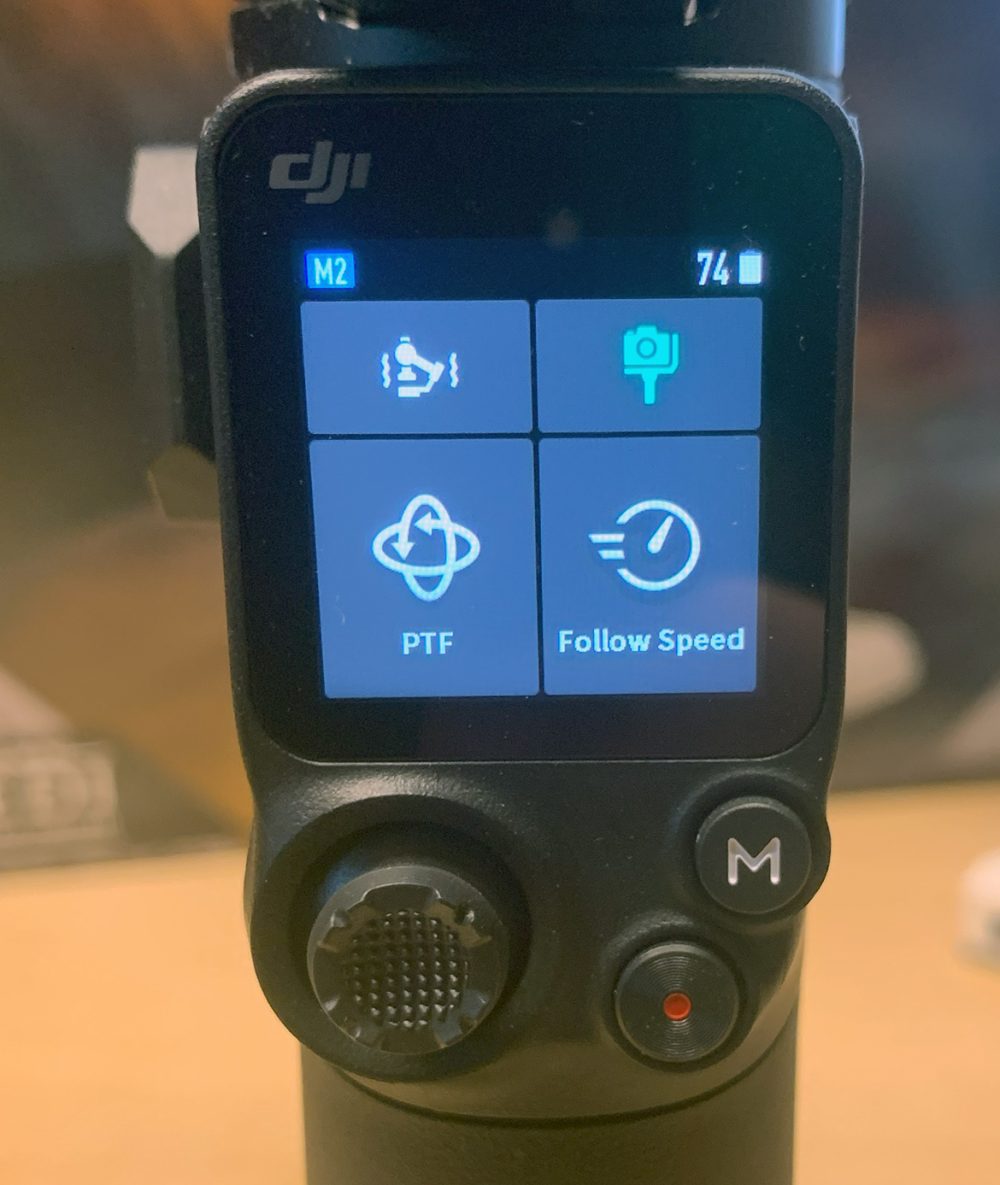
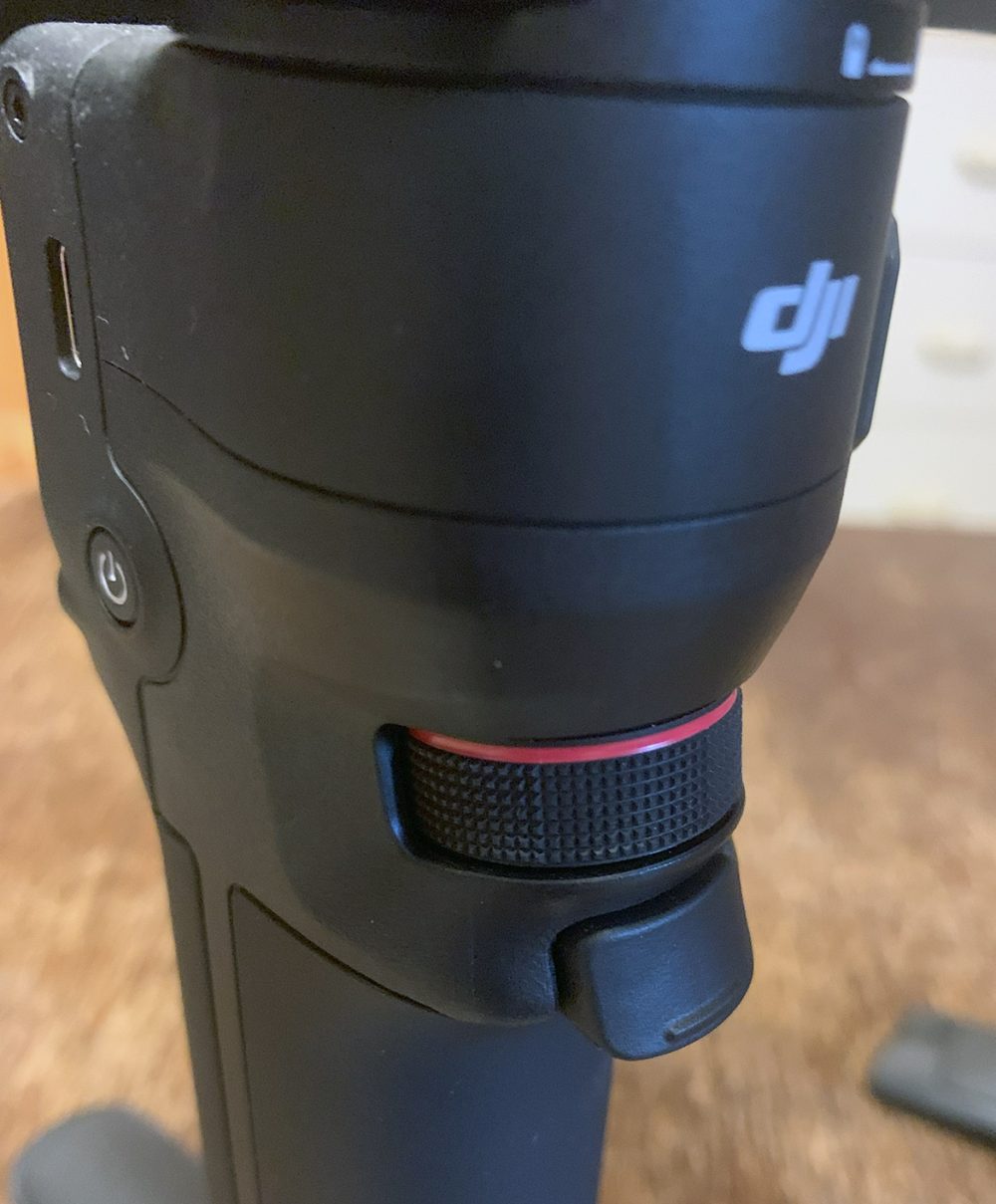
After a full day of recording the music video, I experienced minimal fatigue. The DJI RS3 Mini weighs just 800 grams, with the camera adding approximately another kilogram. Despite its light weight, the internal technology is not compromised. Its performance is smooth, quiet, and stable, mirroring that of larger models. The primary distinctions between the RS3 Mini and the original RS3 are the 200-gram weight difference and the maximum camera weight capacity: three kilograms for the RS3 versus two for the Mini. The RS3 Mini also offers a slightly reduced battery life of ten hours, compared to the twelve hours provided by the larger RS3.
The RS3 Mini also incorporates a selfie mode and the capability to mount the camera vertically, making it well-suited for social media platforms where vertical video is prevalent.
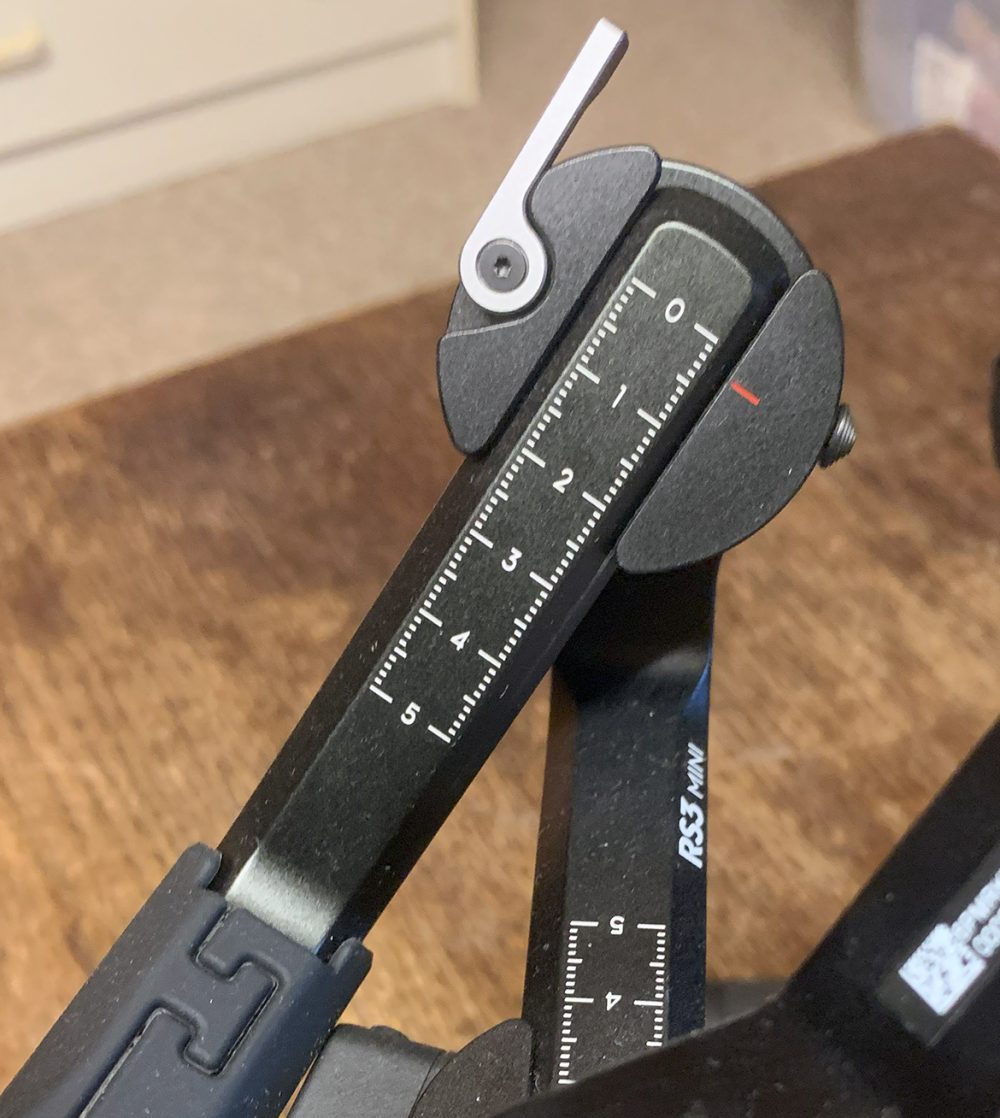
The only drawbacks of the RS3 Mini from DJI are, in my opinion, minor. Firstly, a slight protrusion on the camera mounting plate can hinder optimal compatibility with certain cameras. While intended to prevent the camera from sliding forward, its removal would enhance versatility.
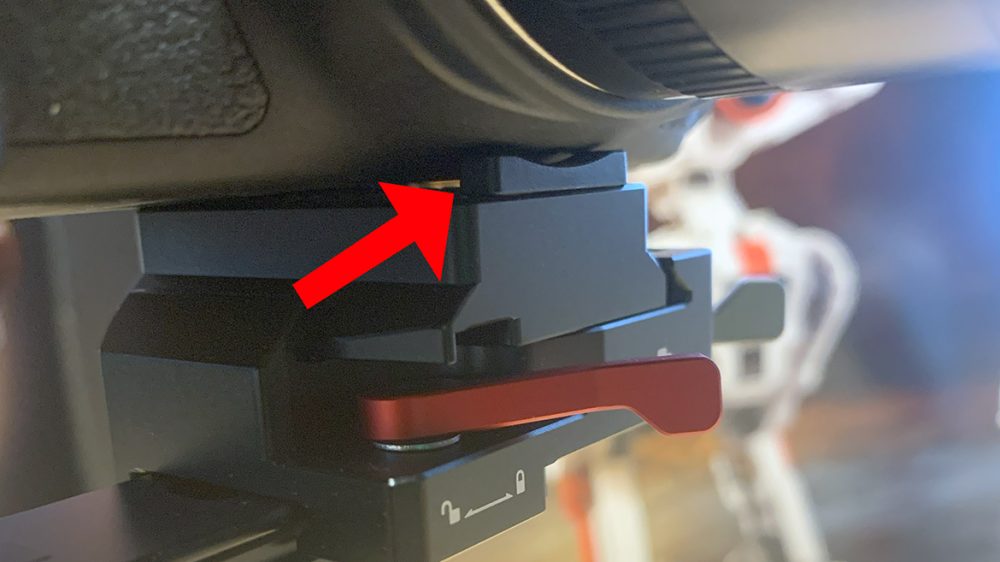
Secondly, the inclusion of a carrying case or similar accessory would be beneficial for transportation. These are minor points, but considering the overall quality of the product, they warrant consideration.
In conclusion, the RS3 Mini from DJI is highly recommended. It is user-friendly, easily manageable, and suitable for both travel and productions in confined spaces.

